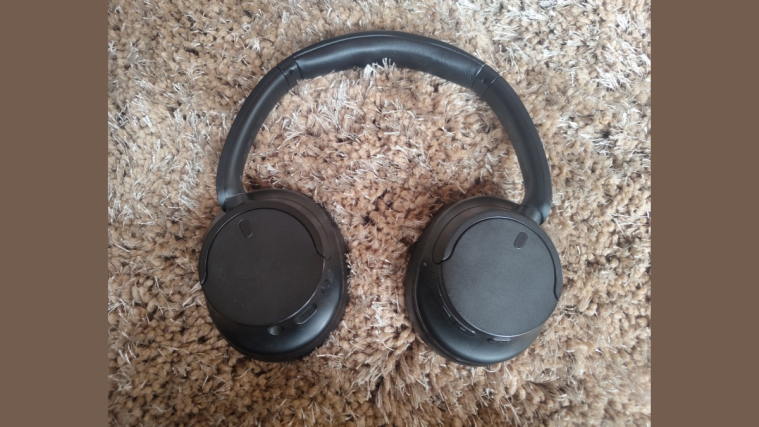12 months have flown by, the holiday season has commenced, and we’re gearing up to bid adieu to 2019. Like every other year, 2019, too, has been full of ups and downs. We’ve gotten some surprises, both good and bad; brushed off our shoulders, and gone on with our lives.
The world of smartphones, too, has had quite a memorable year. A bunch of devices was launched. Some hit it out of the park, while some are hoping for a better outcome the next time around. There were technological advancements, too, of course, and missed opportunities also followed. Overall, it’s been an eventful year, and this section is all about taking a stroll down the memory lane.
Now, without further ado, let’s take a look at 16 key events that defined 2019.
Android moves to 10
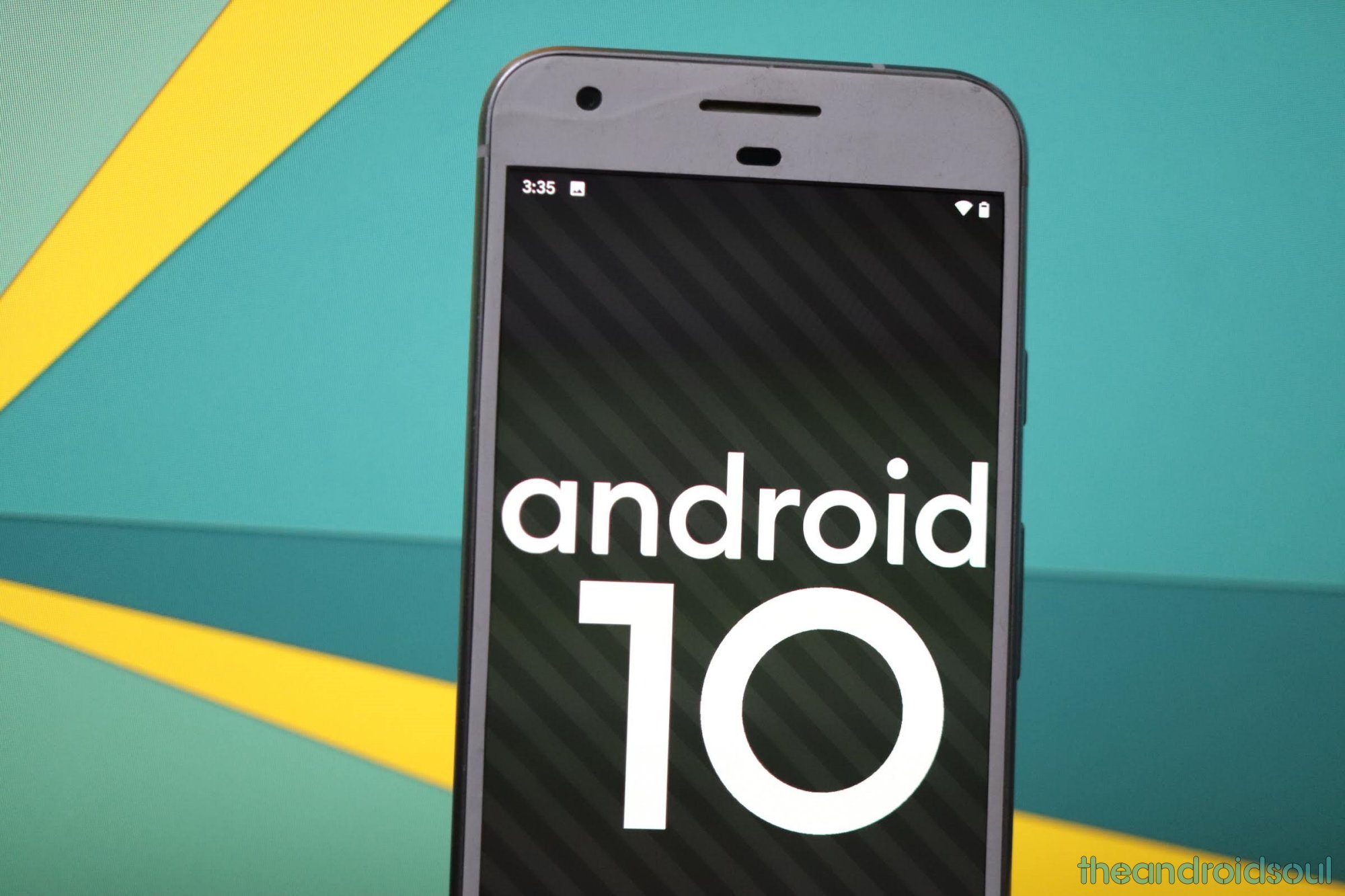
Cupcake, Donut, Éclair, Froyo, Gingerbread, Honeycomb, Ice Cream Sandwich, Jellybean, Kitkat, Lollipop, Marshmallow, Nougat, Oreo, Pie, 10. Yeah, the sweet tradition came to a bitter halt this year, with Google finally deciding to ditch its dessert-themed nomenclature and opt for pure numerics. It has nothing to do with Android’s capabilities, of course, but it sure has killed the guessing game before the launch.
Android 10 has been made available faster than ever. Almost all major OEMs have released the update, and the rest are expected to release it by mid-2020.
RELATED:
Samsung celebrates 10-year anniversary
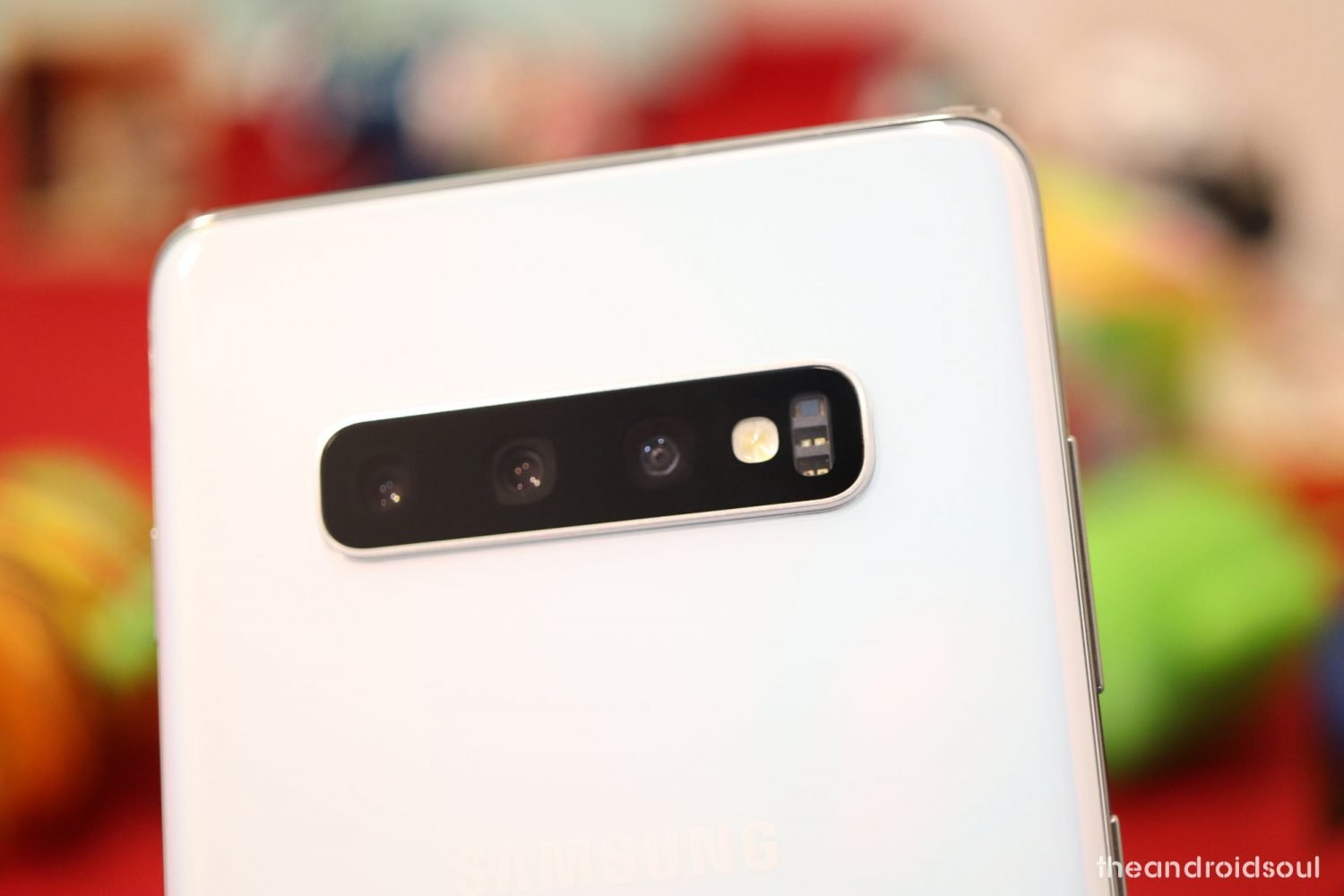
The South Korean OEM marked 10 years of the Galaxy lineup by launching the equally commendable Galaxy S10 and Galaxy Note 10. The S10 family houses three LTE devices — S10, S10e, and S10 Plus — and a 5G-powered, all-powerful S10+. Note 10, on the other hand, comes with two variants — Note 10 and Note 10 Plus — for the first time ever. For 5G enthusiasts, there’s the Note 10 Plus 5G.
Huawei banned in the United States

One of the largest smartphone manufacturers in the world, Huawei, has been deemed a threat by the US government, with the officials claiming the firm could use its foothold in the market to intercept sensitive data from civilians and as well as government employees. The US also claimed that Huawei devices could expose users to cyber espionage and intellectual property theft.
As a result, Google has suspended Android support for devices that were released after Huawei was included in the US’ “Entity List.” Google would still allow Huawei to use the open-source framework, but won’t let the firm use the American tech giant’s proprietary apps.
Samsung’s introduction in the world of Foldables
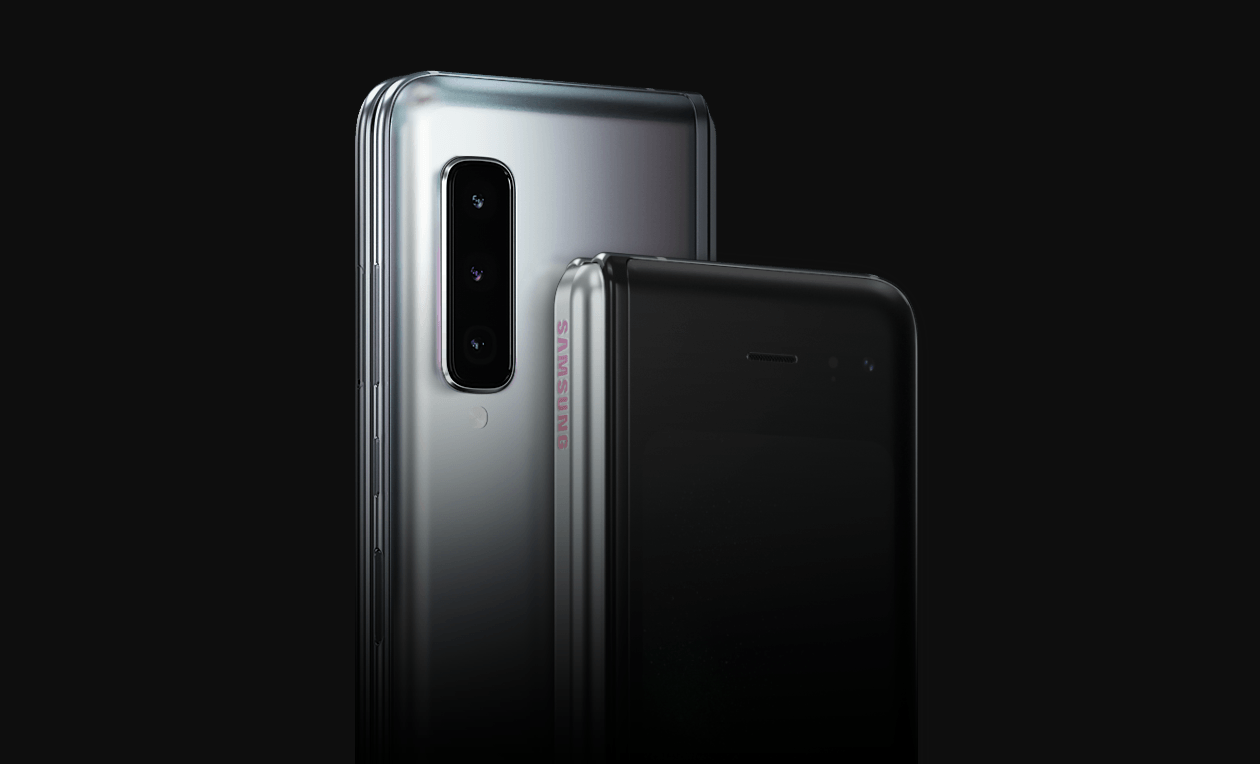
After teasing a vertically-foldable device for months, Samsung prepared for the official launch in April 2019. Sadly, an unreliable folding mechanism, loose hinges, and a fragile display forced Samsung to postpone the rollout process.
Finally, after a bunch of refinements, Samsung released the highly-anticipated, Galaxy Fold, in September.
The iconic Moto Razr makes a comeback

Back in the day, when Motorola launched Moto Razr, it handsomely emerged as one of the most iconic handsets in the world. The American smartphone manufacturer doesn’t have the same foothold in the industry these days, but it is sure hoping to break new ground in the world of Foldables.
Cue in a classic, re-imagined with a Foldable AMOLED display. The specs don’t necessarily justify the $1500 price tag, but it certainly engulfs you in nostalgia.
Pixel 4 launched with Soli in select markets
![]()
After the grand success of Pixel 3, the world, quite rightfully, held its breath in anticipation for the Pixel 4. As rumors had suggested, the device came with Google’s miniaturized radar, Soli, which allows users to carry out a few actions without making physical contact with the device.
Sadly, many countries, including India, don’t allow unlicensed civilians to use the 60GHz spectrum band — the one Soli uses.
RCS introduced

For around two decades, SMS and MMS had been the only two mediums of textual communication. This year, another contender was pitted in the ring, and we wholeheartedly feel it is going to leave the other two in the dust. Rich Communication Services (RCS) allows you to exchange large media files, share your location, get read receipts, and even see typing indicators.
Google’s very own Messages app supports RCS messaging and would allow you to access all the aforementioned services and more.
5G coverage increases, almost all major US carriers now have support
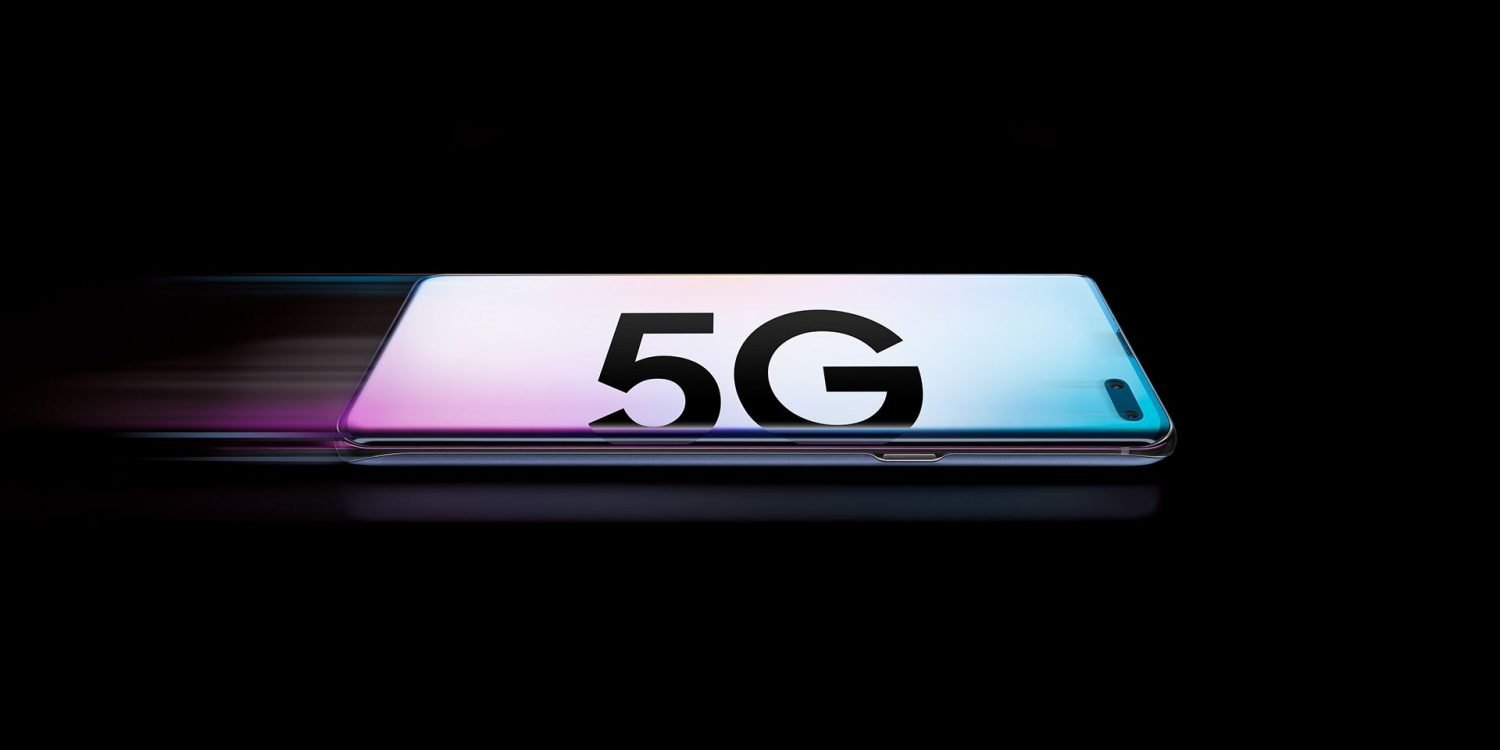
All four leading telecom companies in the US, AT&T, Sprint, T-Mobile, and Verizon, have invested heavily in the race for 5G supremacy, and the results have started to show. Out of these four, AT&T arguably has the best 5G network, offering impressive speeds in multiple cities.
Sprint and T-Mobile, on the other hand, are reportedly working on a merger, which would allow users to make use of Sprint’s mid-band 5G alongside T-Mobile low-band.
The largest player in the business, Verizon, is implementing something called Ultra-Wideband 5G. In simple terms, Verizon uses blocks of high-frequency bandwidth to deliver breakneck speeds. This works great for densely-populated areas, but wall-penetration and coverage aren’t impressive.
Samsung leads the charts
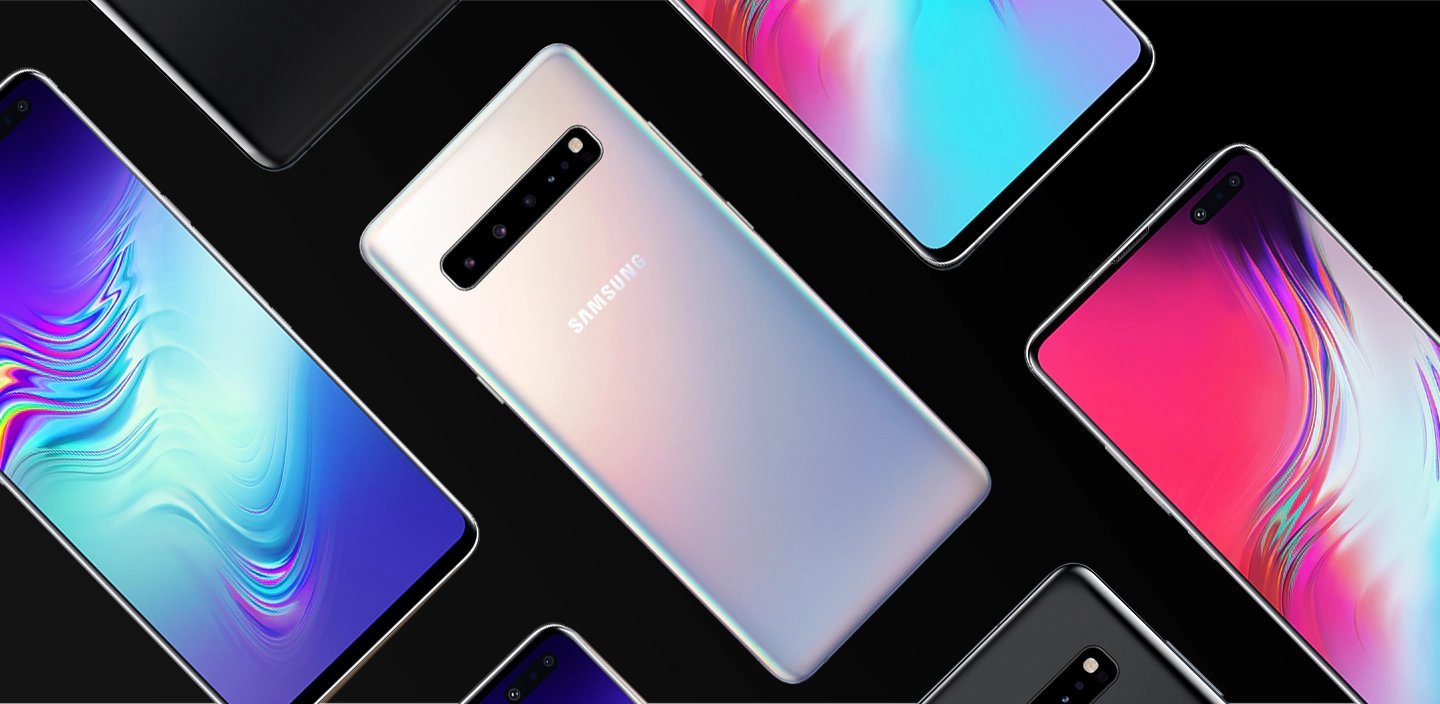
Samsung has always had a healthy lead over other manufacturers, and this year, too, it has firmly held its ground. In the United States, Samsung is the leading Android smartphone manufacturer — Apple’s iPhone still the overall winner — with a healthy 25% market share. LG comes in second with 13%.
Globally, Apple isn’t clearly as influential as Samsung, with the South Korean OEM comfortably emerging as the leading smartphone manufacturer in the world.
HTC and Sony endure yet another disappointing year
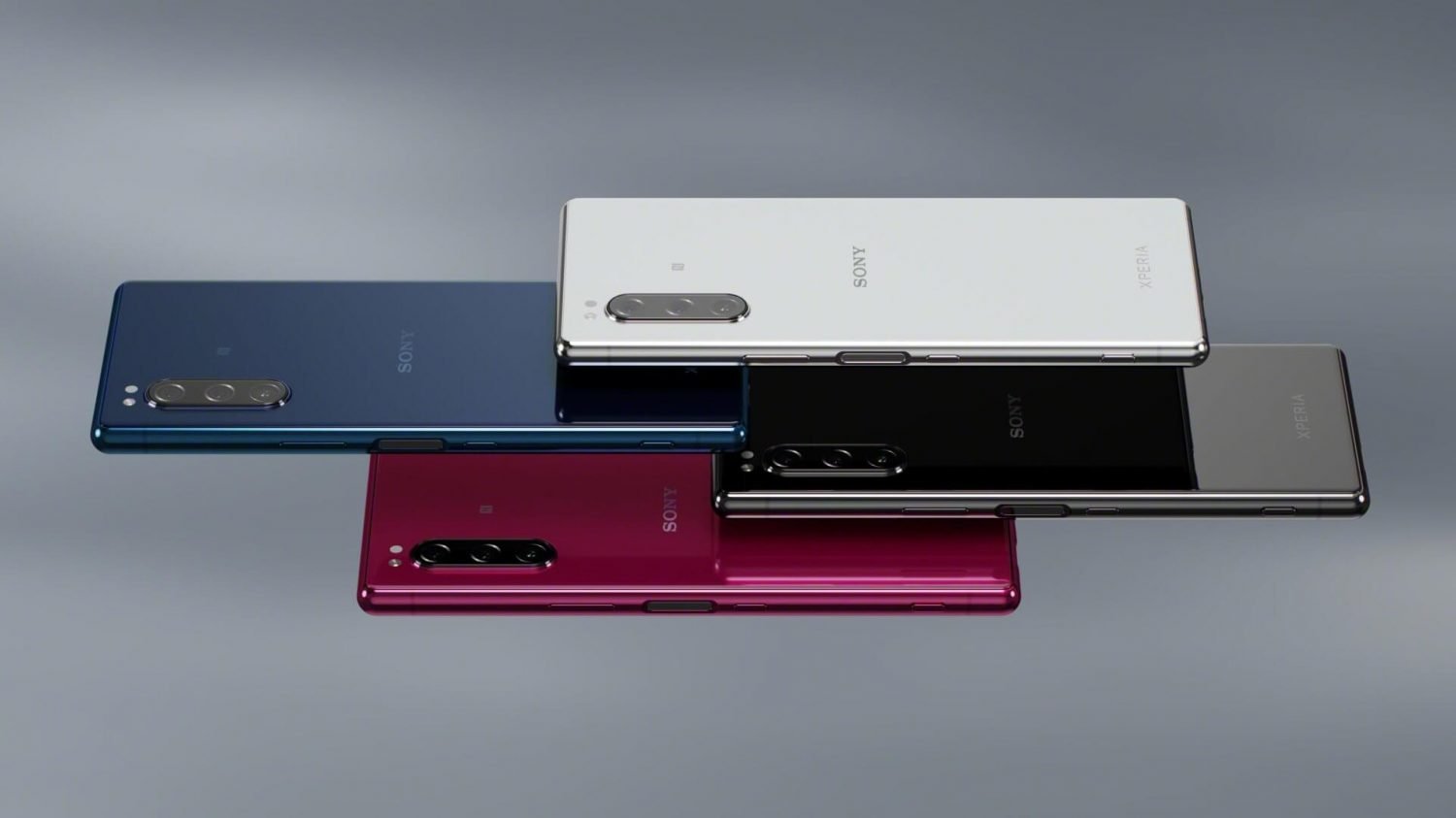
With the emergence of companies like OnePlus, Xiaomi, and Google Pixel devices, many former goliaths have been having a hard time luring in new customers. HTC and Sony used to deliver industry-leading smartphones, round the year. Now, they are struggling to get even one decent smartphone out of the gate, failing to deliver regular Android updates. They haven’t hung up their boots yet, but we’re steadily reaching that point for sure.
Smartphone resolution breaks triple-digit milestone

While most smartphone manufacturers have settled in comfortably around the 12/16MP camera mark, Xiaomi is continuing to break new grounds. The Chinese OEM has a reputation for delivering some of the best value-for-money devices, and the Mi Note 10 isn’t an exception. Apart from flaunting a commendable spec-sheet, Note 10 also has a unique trick up its sleeve.
The device is the only publicly-released smartphone to come with a 108 Megapixel (12032 X 9204) primary shooter. As we all know, having the highest megapixel count doesn’t guarantee best-in-business images, and Xiaomi’s Note 10 doesn’t surprise us in this regard. However, if you want to create the largest possible images straight out of your pocket, look no further than Xiaomi’s impressive offering.
Evolution of the notch
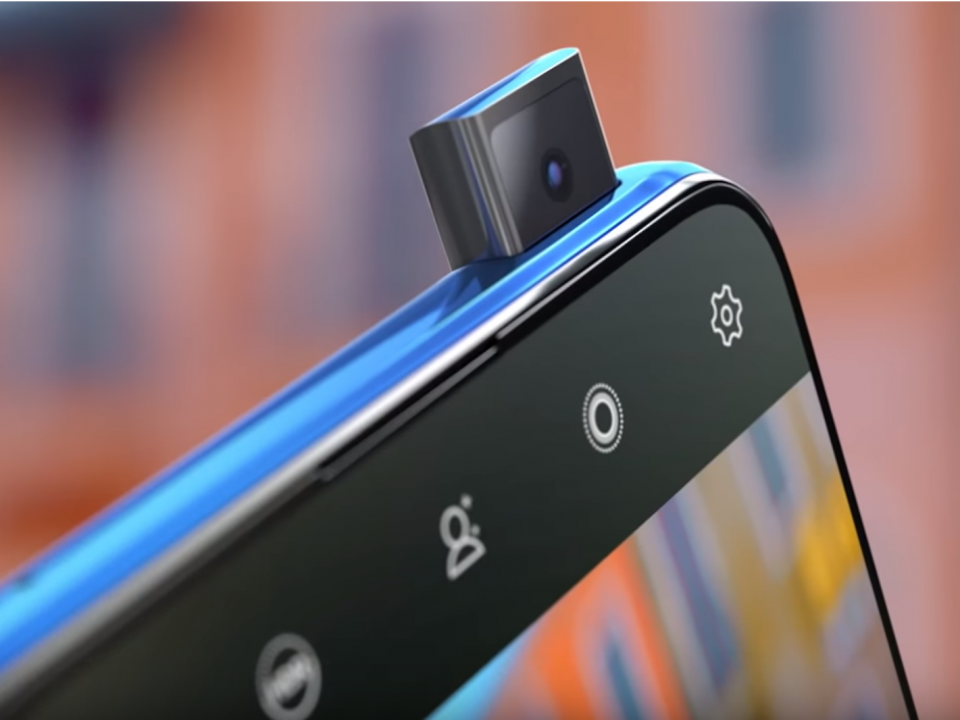
Smartphone manufacturers have been working day and night to improve their devices’ screen-to-body ratios. This year, we’ve seen many minimal implementations come into play: Samsung’s ‘Holepunch’ display on the Galaxy S10, Xiaomi’s teardrop notch on lower-end smartphones, Oppo Reno’s shark fin-style pop-up camera, Asus Zenfone 6‘s flip camera, Xiaomi Mi Mix’s slider camera, and finally OnePlus 7 Pro‘s pop-up selfie camera. The next obvious step would be to implement an under-display camera, and we’re counting on these giants to come up with it in 2020 itself.
No more headphone jack

Yes, it has finally happened; our beloved headphone jack has irrevocably departed. South Korean OEM, Samsung, was the only leading smartphone manufacturer to keep the 3.5mm jack alive in its flagships. But the trend has come to a screeching halt with the launch of the Galaxy Note 10. Samsung’s current S-series flagship, the Galaxy S10, will go down in history as the last Samsung flagship to have the headphone jack.
Rise of In-Display fingerprint scanners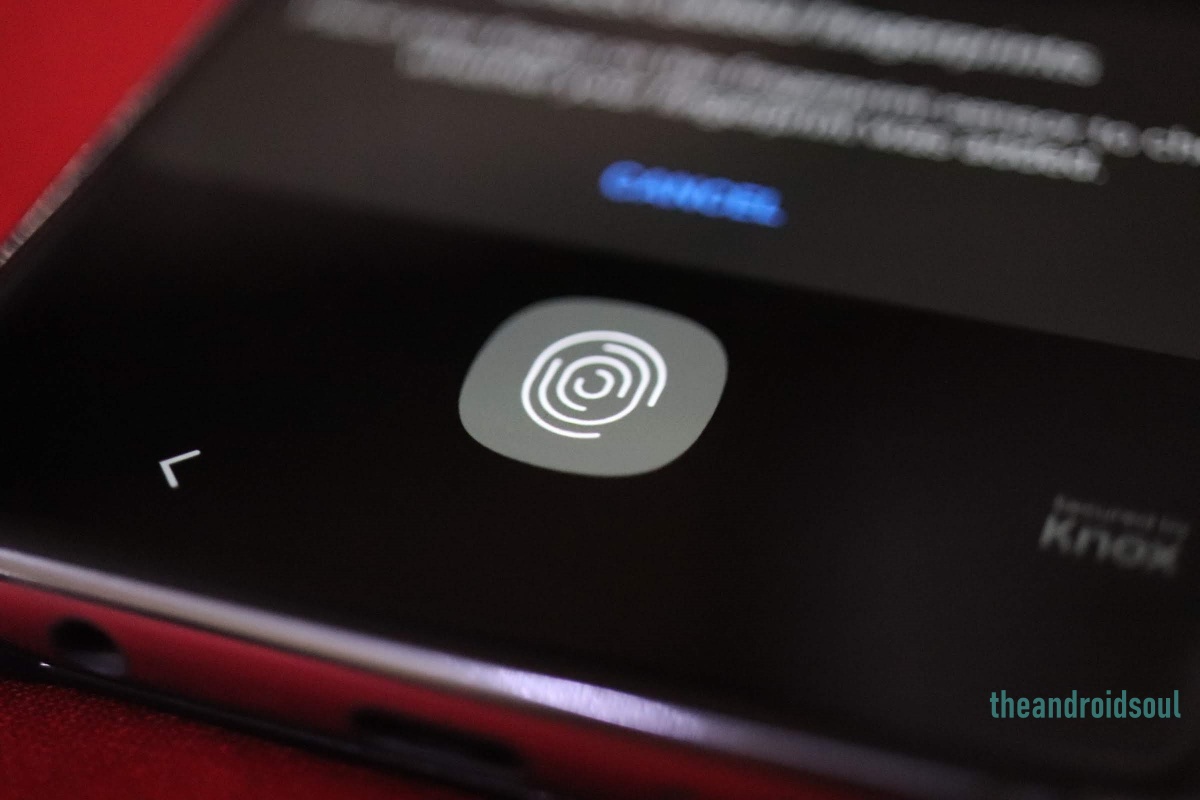
Over the last year, biometric authentication on our smartphones has improved noticeably. Capacitive scanners are found on even the cheapest smartphones, while the upper-midrange/premium phones now come with in-display fingerprint scanners. Currently, there are two types of these fingerprint scanners — ultrasonic and optical. The optical scanners are usually faster but aren’t as secure as ultrasonic scanners.
Sadly, neither of them are as fast or reliable as capacitive scanners.
OnePlus expands its portfolio
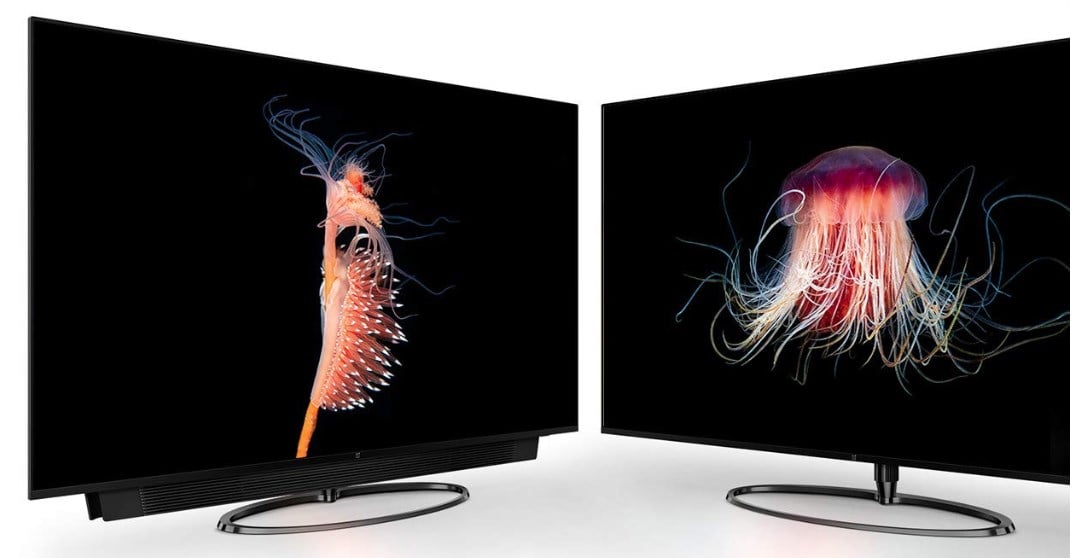
Chinese smartphone manufacturer, OnePlus has enjoyed yet another successful year, launching as many as four smartphones — OnePlus 7, OnePlus 7 Pro, OnePlus 7T, OnePlus 7T Pro — in the calendar year. Encouraged by the positive response, OnePlus has taken the bold decision of expanding its portfolio and launching Android-powered smart televisions. The OnePlus TV Q1 and Q1 Pro come in 55 inches of 4K glory and are loaded with impressive features.
Return of wearables

The jury is still out on whether Smartwatches are viable investments. You may be on either side of the fence, but it’s hard to ignore their recent re-emergence. Samsung, Fossil, Fitbit, Huawei, all have renewed their repertoire this season, adding some impressive devices to their collection.
Thoughts?


